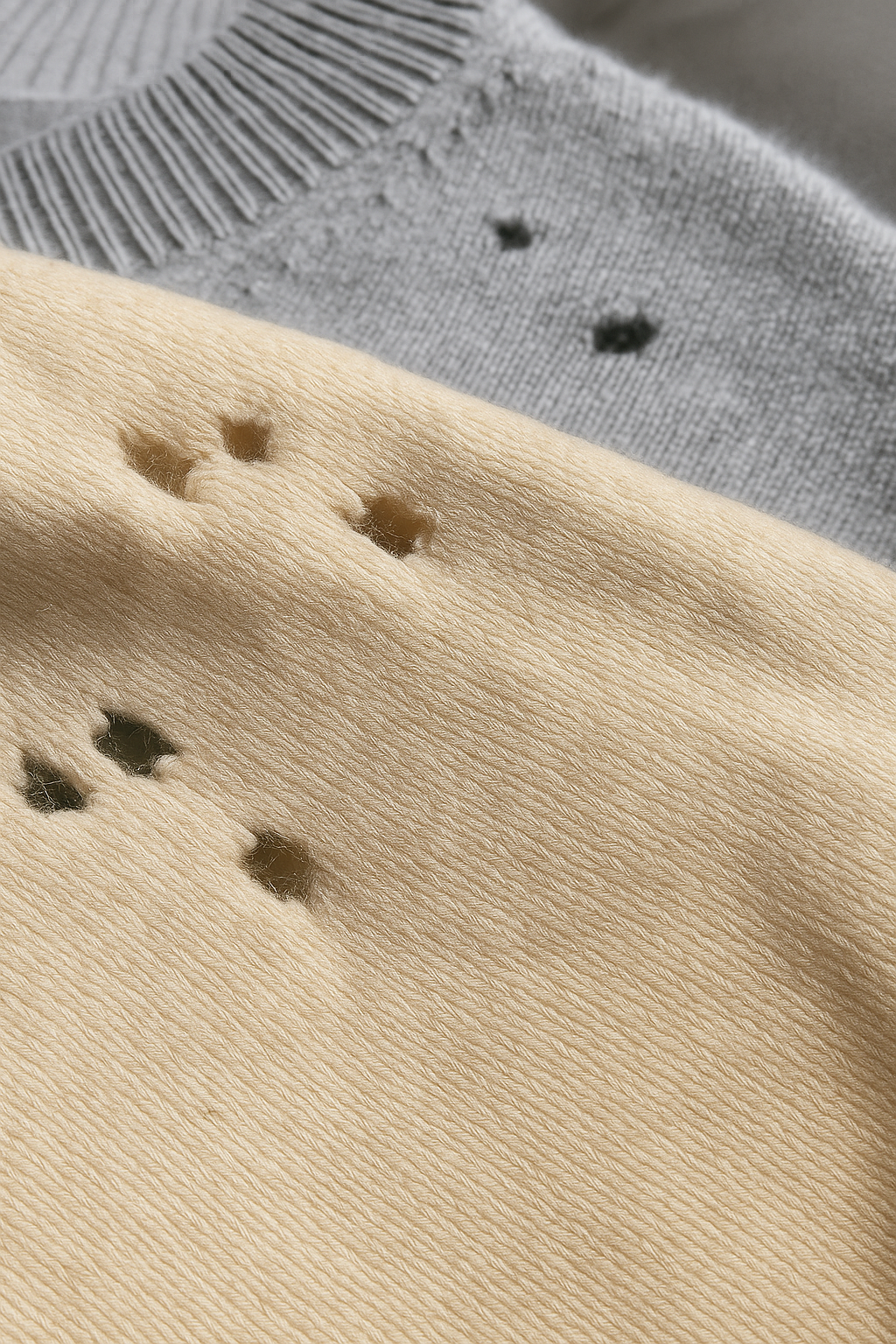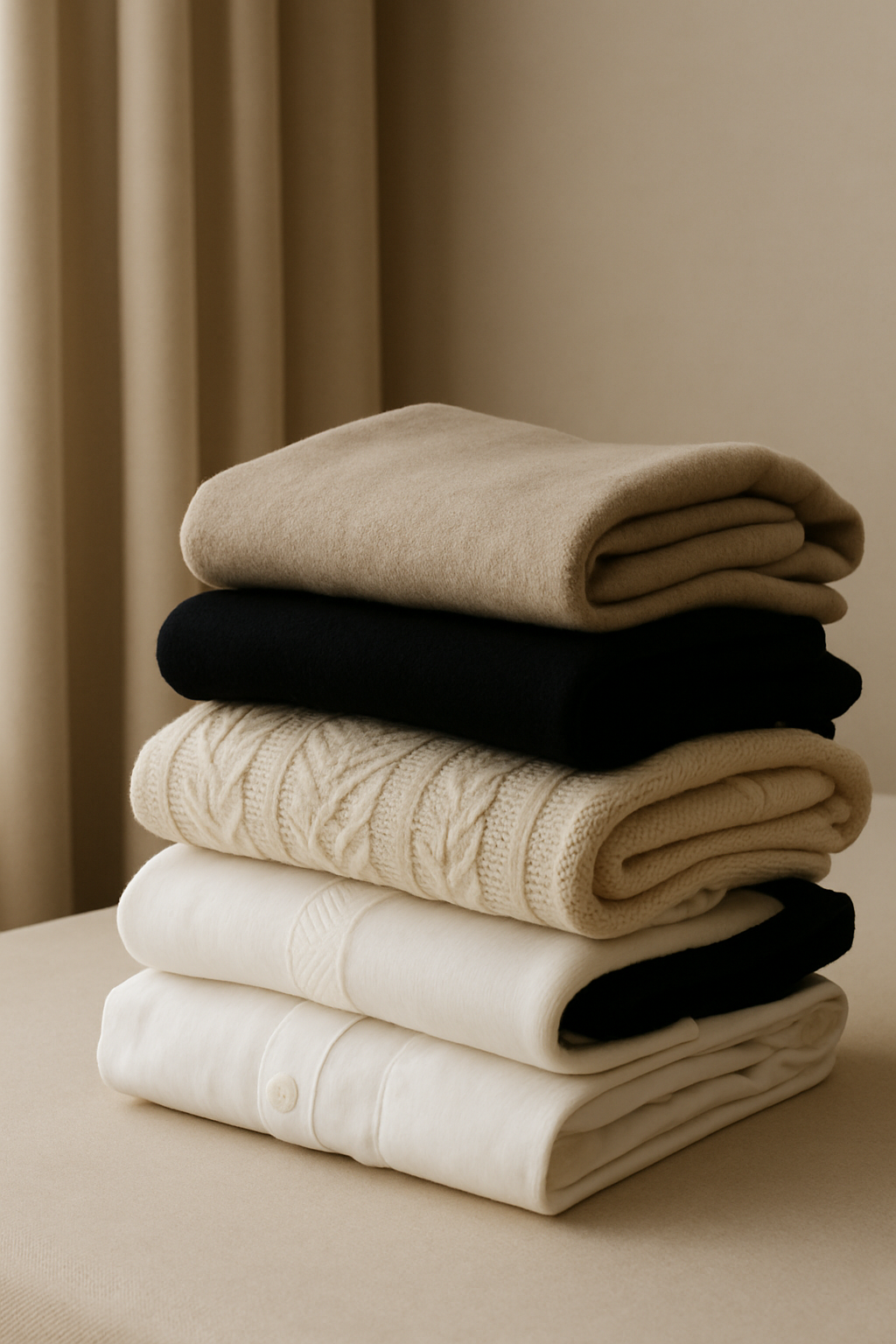Most people wash their clothes far more often than necessary — and it’s not because of dirt. New research shows that overwashing clothes is often driven by emotions like embarrassment, guilt, and fear of judgment, rather than actual garment condition.
A 2024 study by the Swedish Environmental Institute, Cleanliness or Conformity?, revealed that laundry habits are shaped more by social pressure than by visible stains or odour. In other words: cleanliness is often a perception, not a fact.
The Hidden Cost of Overwashing
Frequent washing isn’t harmless. It affects your wardrobe, your wallet, and the environment. Every unnecessary load:
-
Wears out fabrics faster, causing fading, shrinking, and pilling.
-
Uses more water and energy, adding to utility bills and carbon emissions.
-
Releases microfibres into waterways, harming marine life.
If you want to make clothes last longer, breaking the overwashing habit is one of the most impactful changes you can make.
What the Science Says About Laundry Habits
The Swedish Environmental Institute found that why we wash clothes too often has little to do with hygiene and everything to do with perception.
-
People often wash garments after a single wear, even if they’re still fresh.
-
Social norms around “freshness” create pressure to wash unnecessarily.
-
Emotions like embarrassment and self-consciousness override sustainable intentions.
As The Guardian reported in June 2024, this mismatch between reality and perception locks people into wasteful laundry cycles.
How to Tell if Clothes Really Need Washing
Instead of following a strict “one wear, one wash” rule, try these sustainable laundry tips to cut down on unnecessary loads:
-
Do the smell test. If there’s no odour, skip the wash and freshen with a steamer or fabric spray.
-
Spot clean first. Tackle visible stains on collars, cuffs, or underarms without washing the entire garment.
-
Air it out. Hang clothes in sunlight or near an open window to naturally refresh them.
These simple changes can extend the lifespan of your wardrobe and help reduce your environmental impact.
Final Takeaway: Redefining “Clean”
It’s not just about dirt. It’s about perception. By understanding the emotional and social triggers behind our laundry habits, we can wash less, wear longer, and protect both our clothes and the planet.
Wash smarter. Wear longer. Rethink “clean.”
Read more

Your Clothes Deserve Better Than Mothballs If you’ve ever opened your wardrobe to find musty air—or worse, a moth-eaten jumper—you’re not alone. But the traditional solution (hello, mothballs) is o...

Travel Smarter, Not Heavier If you’ve ever unpacked your suitcase after a long trip and been hit with a wave of stale air, you’re not alone. Travel is incredible—but stale clothes and smelly shoes?...


